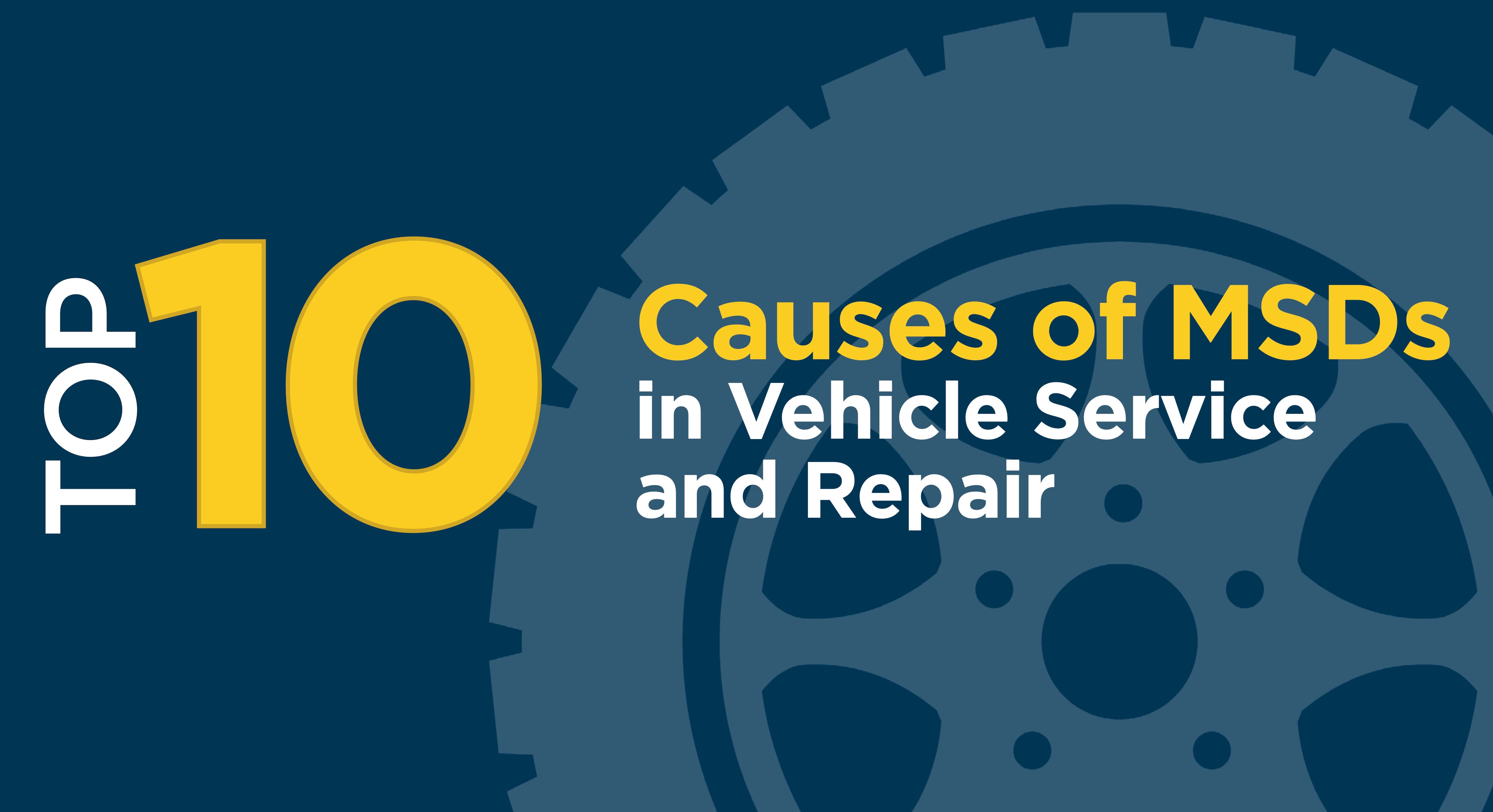Does your business need a safety committee or representative? Ontario requirements explained
Does your business need a JHSC or HSR? Under Ontario’s OHSA, workers have the right to participate in safety. Learn what’s required for your workplace and how to stay compliant.
Read Article























